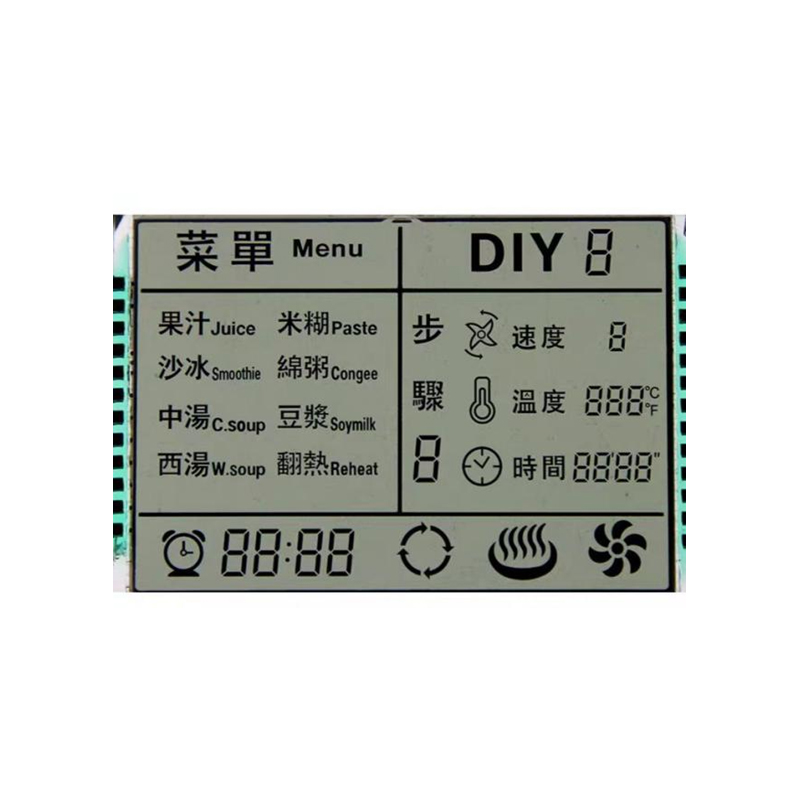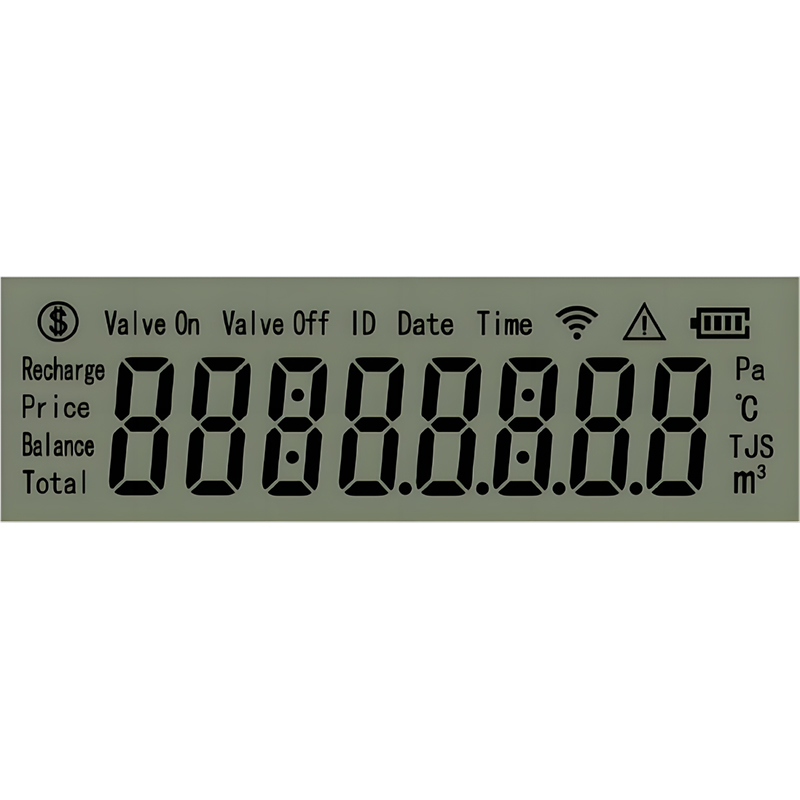
This comprehensive guide helps you navigate the world of 5x7 dot matrix displays and find the perfect one for your Arduino projects. We'll cover key features, considerations, sourcing options, and provide practical advice to ensure a smooth integration process. Learn how to choose the right display for your specific needs and avoid common pitfalls.
A 5x7 dot matrix display is a common component used to display alphanumeric characters and simple graphics on Arduino projects. Each character is formed by a grid of 5 columns and 7 rows of dots (pixels). The size and clarity of the characters depend on the dot pitch (distance between dots) and the overall size of the display. Common applications include displaying text messages, simple animations, and basic data visualizations. The displays are often available with various interfaces, such as parallel or serial communication, to simplify integration with microcontrollers like Arduino.
Several factors influence the choice of a 5x7 dot matrix display. Consider the following:
The size, measured in millimeters or inches, affects readability and the amount of information you can display. Higher resolution (more dots per inch) translates to sharper characters. Common sizes range from small displays suitable for handheld devices to larger displays for more prominent installations.
5x7 dot matrix displays typically use parallel or serial communication interfaces. Parallel interfaces require more Arduino pins but offer faster communication speeds. Serial interfaces (like SPI or I2C) use fewer pins but can be slightly slower. The choice depends on your Arduino's pin availability and the required data transfer rate. Consider the power consumption of your chosen interface; it can be especially important for battery-powered projects.
Power consumption varies depending on the display technology and size. Low power consumption is crucial for portable or battery-powered applications. Always check the display's specifications for current draw to ensure it's compatible with your power source.
Ensure the display's brightness and contrast are sufficient for your application's viewing conditions. Some displays offer adjustable brightness, a helpful feature for adaptable environments.
Many manufacturers produce 5x7 dot matrix displays. Online retailers like Amazon and AliExpress offer a wide selection. For larger orders or custom designs, you may wish to contact manufacturers directly. One such manufacturer specializing in LCD modules and displays is Dalian Eastern Display Co., Ltd. (https://www.ed-lcd.com/). They offer a diverse range of displays and may be able to fulfill your specific needs.
Integrating a 5x7 dot matrix display with Arduino involves connecting the display's pins to corresponding Arduino pins, installing the necessary libraries (if using a serial interface), and writing the code to control the display and send data to it. Refer to the display's datasheet for detailed pin assignments and wiring diagrams. Many Arduino libraries provide simplified functions for sending text and controlling individual pixels.
If your 5x7 dot matrix display isn't working correctly, check the following:
Selecting the correct 5x7 dot matrix display for your Arduino project requires careful consideration of several factors. By understanding these factors and following the steps outlined above, you can successfully integrate a display and create effective and visually appealing projects. Remember to always consult the display's datasheet for precise technical specifications and wiring instructions.












